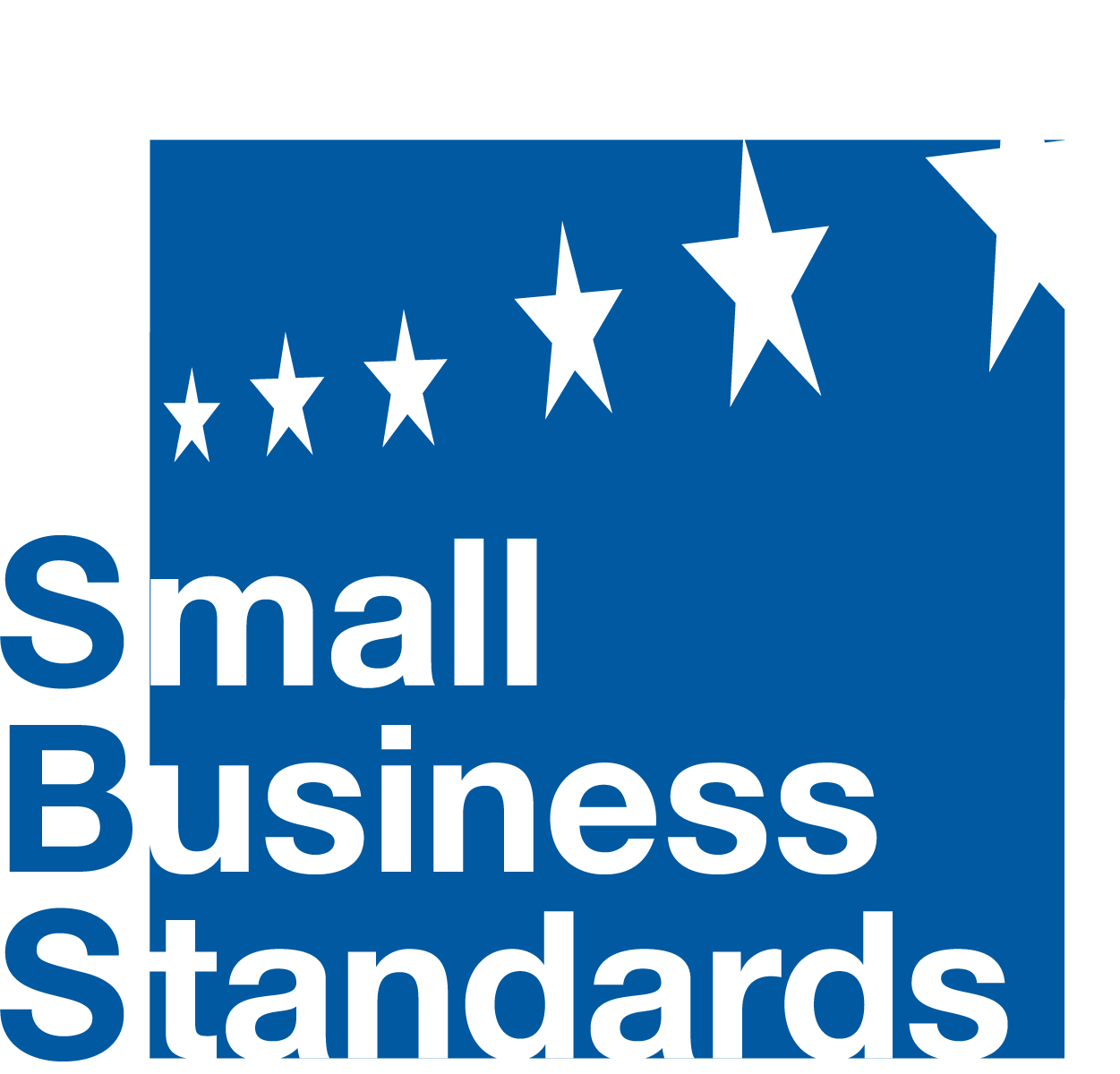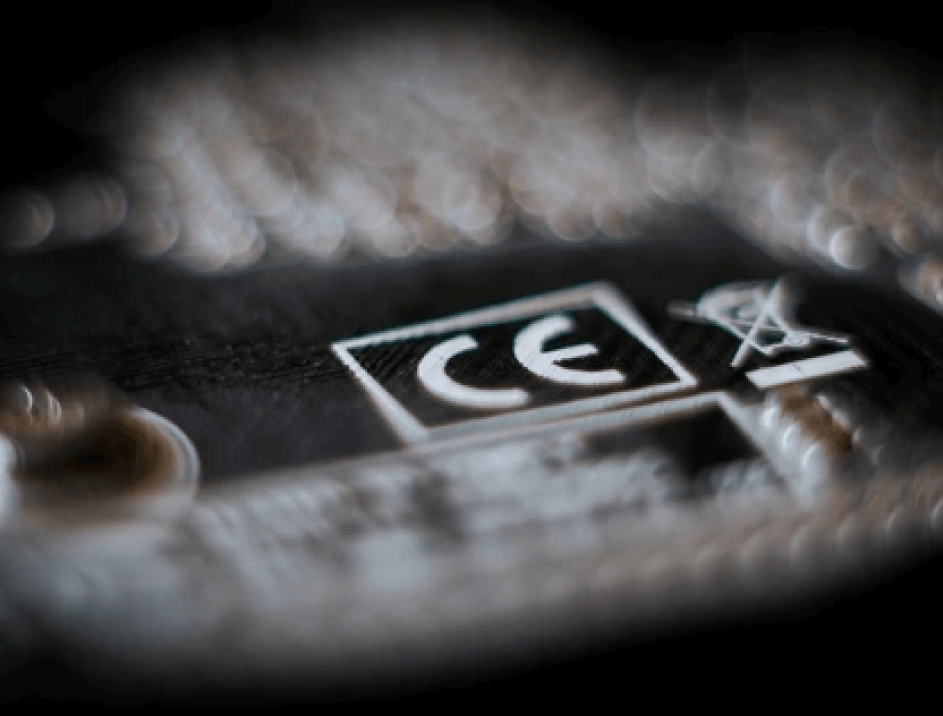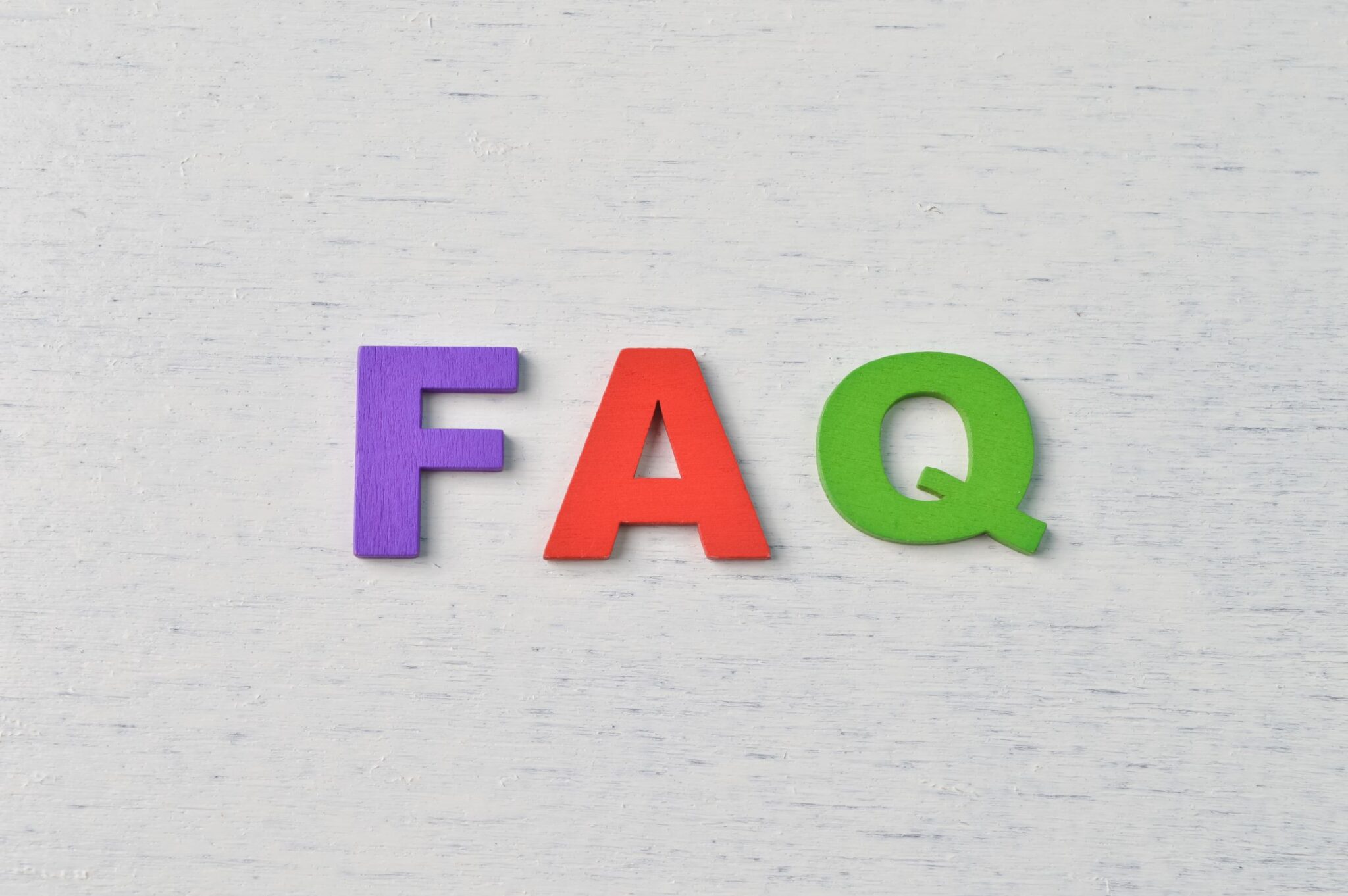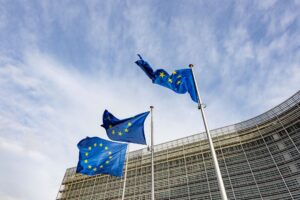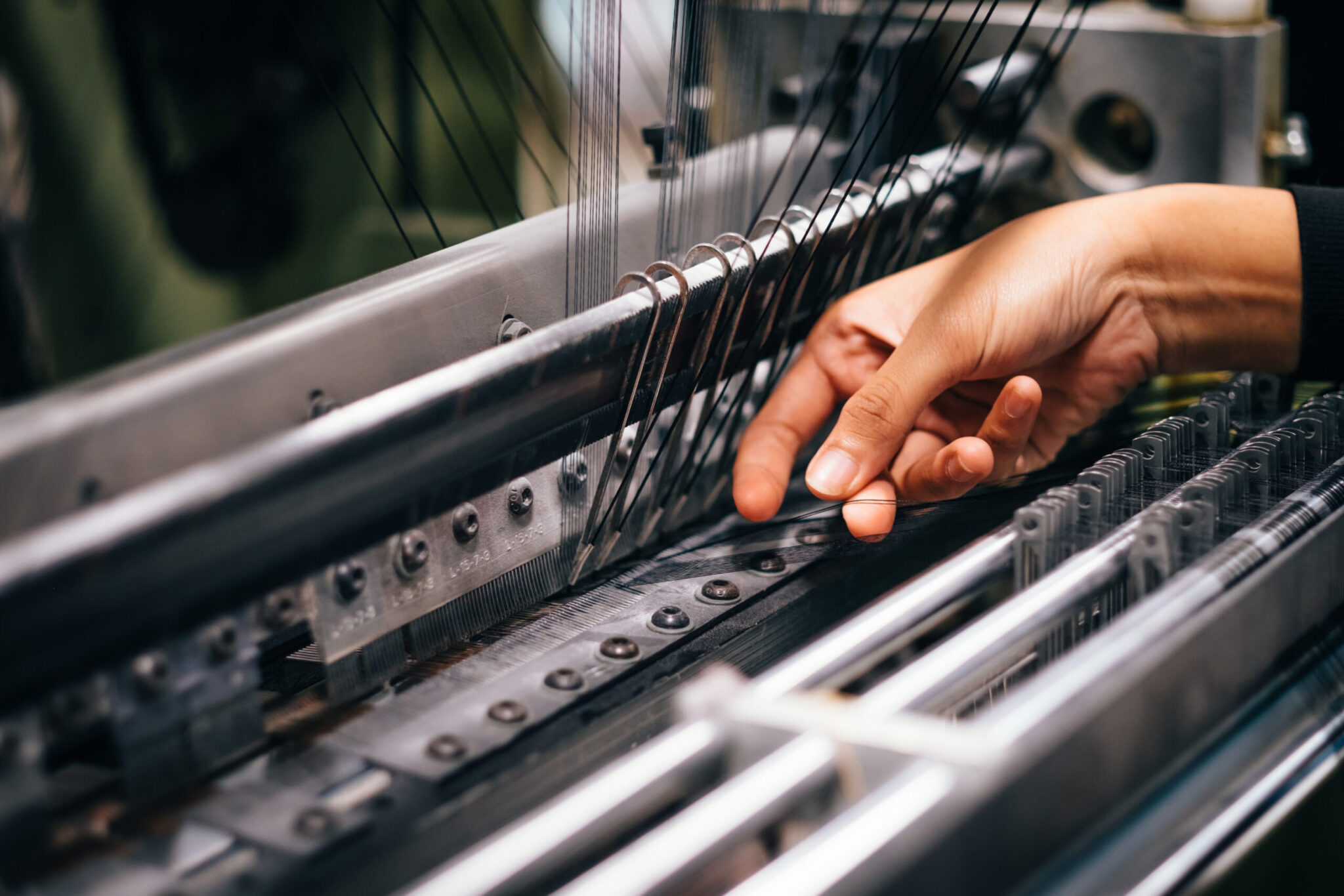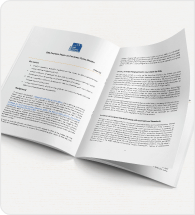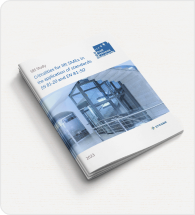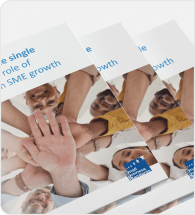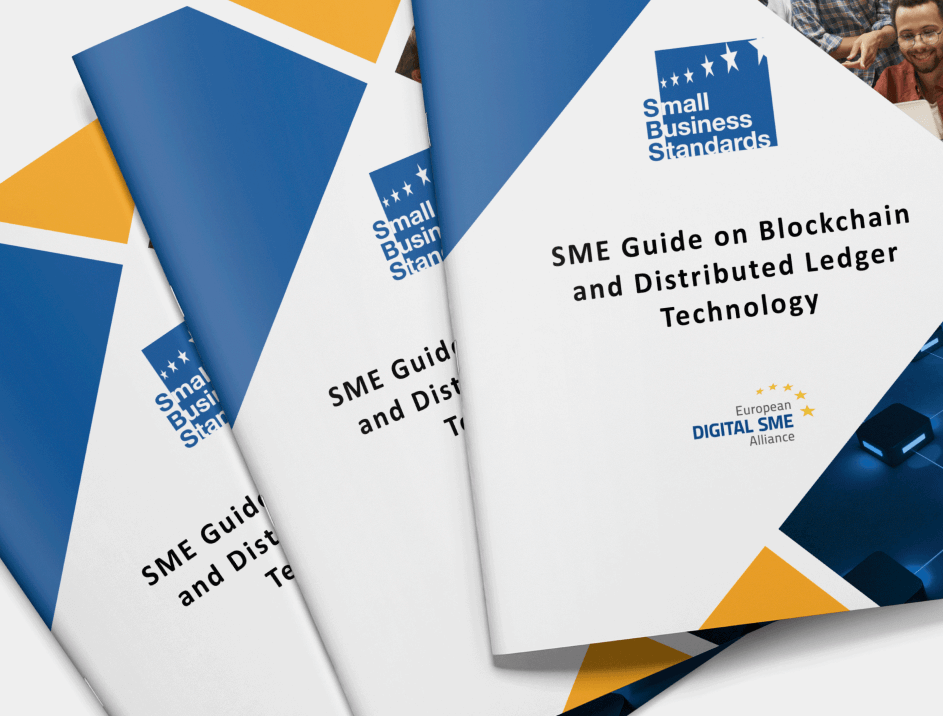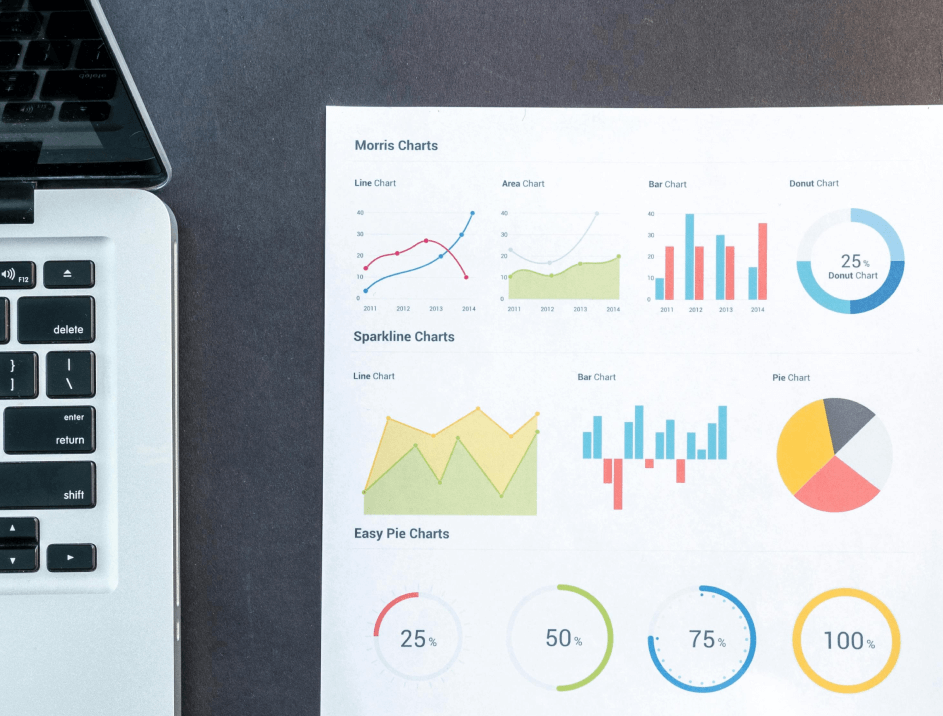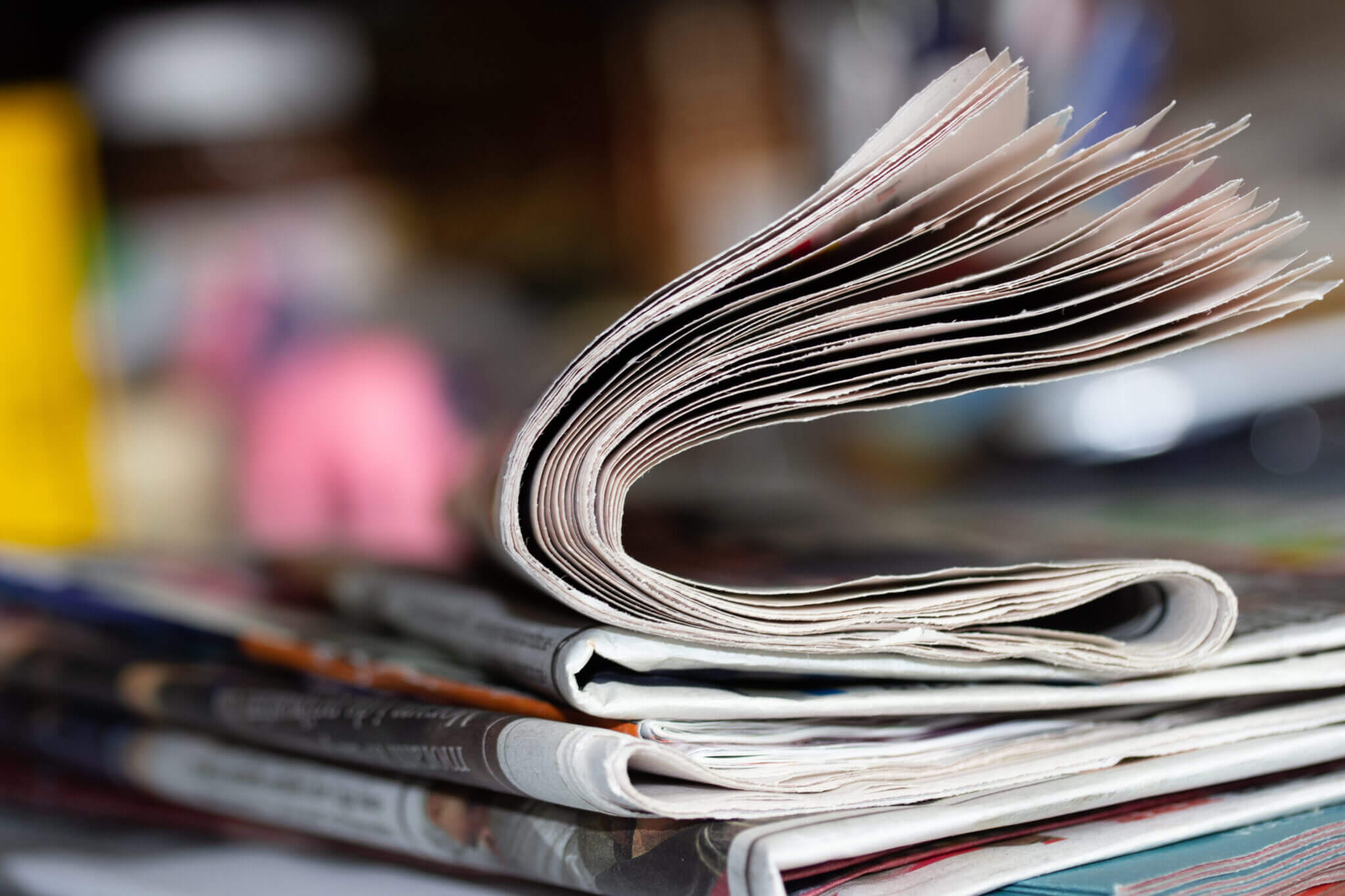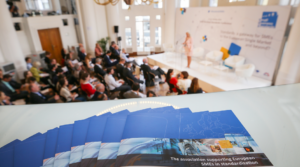Key points
• SBS supports the initiative of the European Commission (EC) to limit the unintentional release of microplastics into the environment as well as to focus on three priority industries – production of tires, textiles and plastic pellets.
• SBS wants to point out that legislative measures especially those limiting the use and production of specific products in view of the sustainability goals and those that protect health and safety of workers and patients have to be weighed up against each other. Illustrative examples of conflicting legislative objectives are some Personal Protective Equipment or Medical Devicesthat do not have alternatives to polyester fabrics which can release microfibres. Nevertheless, Personal Protective Equipment (PPE) must meet the safety requirements of the PPE Regulation and Medical Devices those of the MD regulation first. This is impossible with natural fibres alone. High-tech and qualified textile constructions are necessary for the protection of the wearer.
• A focus on measures which might be too restricted on unintentional release of microplastics alone could run into conflicts with othersustainability goals mentioned in the EU strategy for sustainable textiles as well as the Sustainable Products Initiative: These strategies call for longer lasting products. However, they seem to miss that often, polyester-cotton textiles have a much longer life cycle than 100% cotton products. Additionally, the drying of synthetic textiles is much more
energy-efficient than drying natural fibres. Life Cycle Assessments (LCA) might help to define the most sustainable solutions.
• Knowledge about source and amount of microplastic release into the environment are still limited. According to a study by Fraunhofer, textile abrasion is one source, but a minor one. SBS therefore strongly suggests closing the knowledge gaps before regulative measures and standards are
developed.
• So far, the standard series prEN ISO 4484 does not provide any helpful test methods about the origin of microplastics from textiles nor does it define the fibre loss of textilesin laundry machines
• The longer individual textiles are used, the better the ‘microplastics balance’ becomes. Textile service companies buy and provide such long-life textiles. In addition, reuse and a high number of washing cycles contribute to a circular economy as they go hand in hand with a reduced demand for virgin fibres.
• Circular business models like textile services – which in most cases are provided by SMEs – already contribute to a reduction in microplastics emissions. Any new measures should support such circular business models and help to reduce microplastics emissions by supporting supply chains which work together in designing textiles with a reduced loss of microfibers.
Background
The EC aims to limit the unintentional release of microplastics from tires, textiles and plastic granules into the environment. The whole microplastics discussion is to be held against the background of the EC’s Green Deal that aims to achieve climate-neutrality and speed up the transition towards a circular economy. When it comes to textiles, it should be noted that they have a very diverse range (in terms of production as well as applications) and complex supply chains. It is therefore important that European legislation is proportionate to the size, capabilities and economic strength of companies and fair in terms of liability.
The European textile and textile services sector is a diverse sector, predominantly composed by SMEs. The companies are present in different parts of the value chain from manufacturing to retail and service providers. Textile service SMEs offer a wide range of services such as rental, repair or washing and drycleaning. Some of them are also involved in the production and reprocessing of Personal Protective Equipment (PPE) or medical devices.
As the Commission is consulting the public and stakeholders with more technical knowledge on this matter, this position paper wants to share some insights from SMEs that provide services in relation to textiles.
Conflicting sustainability targets have to be weighed
There must be a Europe-wide and World-wide definition of the term ‘microplastics’ based on objective, scientific knowledge. Methods to quantify microplastic content in water must be developed in order to have a reliable and more valid understanding of the microplastic situation in Europe and around the world.
Abandoning synthetic fibres, e.g. polyester and switching to natural or fibres of natural polymers would change the entire characteristics of textiles and not necessarily make them more sustainable. The guiding principle for the choice of fibres in the design phase should be ‘fit-for-purpose’. And according to the EcoDesign initiative, the EC’s aim is to make products more durable, easy to maintain and repair, reusable and recyclable and to support circular business models.
Millions of workers rely on the protective effects of modern textile constructions in their fields of work every day, e.g. in chemical industries, construction work, or working environments with high or low temperatures. These protective garments are mainly based on synthetic polymer fibre constructions without which a life-sustaining protective effect or climate comfort, which is important for work, would not be possible. It is necessary to carefully weigh up the effects and benefits.
Personal protective equipment (PPE) and textile medical devices have to meet the safety requirements of the PPE and/or medical devices regulation (MDR). So far, these life-saving functions cannot be accomplished with cotton or other natural fibres. Only high-tech and qualified textile constructions can ensure the necessary protective functions. On the other hand, it would be more devastating to the environment if these products were disposable products. It is therefore desirable that these high-quality, functional garments have a long life-cycle by being reprocessed in professional textile service SMEs. This shows that not only sustainability goals can conflict – longevity and reuse versus reduced release of microplastics – but also that it is important to flag that the protection of workers and patients should be balanced carefully.
In principle, drying synthetic textiles is much more energy-efficient than drying natural fibres. Thus, the carbon footprint of products/services should also be taken into account. Favouring one over the other could lead to ‘competing’ sustainability goals.
Take measures where they have an impact
Overall, the textile industry is responsible for a relatively small fraction of microplastic emissions1. Textiles still play an important role however. The microplastic issue can only be tackled with all players in the textile value chain. The common goal of reducing the release of microplastics from synthetic textiles could be achieved by:
• optimising fibre and fabric constructions in the design phase
• minimising environmentally influencing product and process components
The standard ‘prEN ISO 4484-1, Textiles and textile products – Microplastics from textile sources – Part 1: Determination of fibre loss from fabrics during washing’ could in theory have the potential to identify highquality textiles that have a higher longevity and therefore less fibre loss and less microplastic emissions. In its current form, it does not provide a recognized correlation to material losses in domestic and commercial laundering, though. The method described in Part 1 is also too error-prone. The title ‘Microplastics from textile sources’ is misleading and should actually be: Particle emission from textile sources. We need a general wording because part 1 does not distinguish between synthetic (microplastic) and natural fibres. In addition, the standard ‘prEN ISO 4484-2, Textiles and textile products – Microplastics from textile sources – Part 2: Qualitative and quantitative evaluation of microplastics’ should answer the following question: Is the origin of the microplastic that are washed out textile fibres? Both standards pose the risk of rising textile production costs because of additional – and at this point very expensive testing procedures. All measures should therefore be carefully weighed against each other and products which have protective, or life-saving functions should be assessed differently.
As a service provider, textile services are the last link in the chain, not the cause of microplastic emissions. As shown, synthetic fibers cannot be replaced at the moment or their replacement with natural fibres might have other negative environmental effects as well. Textile service SMEs with their optimised washing and drying processes and their purchases of high-quality (durable) synthetic textiles help reduce the amount of microplastics released into the environment. Therefore, they support textile manufacturers who use polyester in their products in reducing the release of microplastics from their products. Thereby, the manufacturers become a part of the solution, too.
Furthermore, it is necessary to minimise the release of microfibres at every stage of the textile’s life cycle and to implement innovative solutions for the collection and recycling of microplastics. Unlike some other sources of microplastics, such as car tyre wear, which is directly discharged into the environment, wastewater from textile services runs to a treatment plants2. According to current knowledge, well over 95% of microplastics are retained in wastewater treatment plants2. Due to the subsequent incineration of sewage sludge, a very high degree of fibre waste can be assumed not to be released into the ecosystem. Sewage treatment plants could increase their performance even more with upgraded textile filters which could increase their fibre abrasion removal rate to more than 99%.
Support of business models that ensure adequate textile treatment
The textile service SMEs encourage the suppliers of textiles to produce high-quality, durable and leasingsuitable textiles which reach a high number of washing cycles. In addition, it should be noted that the longer individual textiles are used, the better its ‘microplastics balance’ becomes. Additionally, reuse contributes to a circular economy as it goes hand in hand with a reduced demand for virgin fibres. Circular business models like textile services should be classified as an SME industry that already contributes to a reduction in microplastics emissions and whose wider use therefore should be promoted by the Commission.
1 For example, it is estimated that textiles create microplastic emissions of 76,8 grams per capita annually whilst tyre wear creates 1.228,5 grams per capita annually in Germany:
https://www.umsicht.fraunhofer.de/content/dam/umsicht/de/dokumente/publikationen/2018/kunststoffe-idumwelt-konsortialstudie-mikroplastik.pdf
2 Figure 39: https://ec.europa.eu/environment/water/waterurbanwaste/pdf/UWWTD%20Evaluation%20SWD%20448-701%20web.pdf
